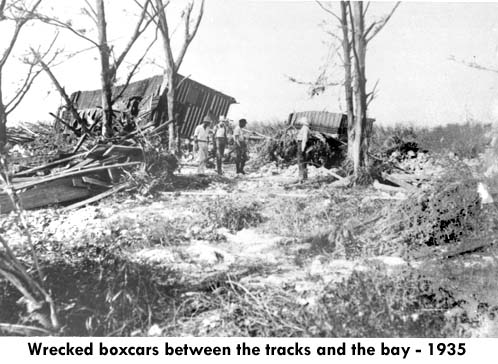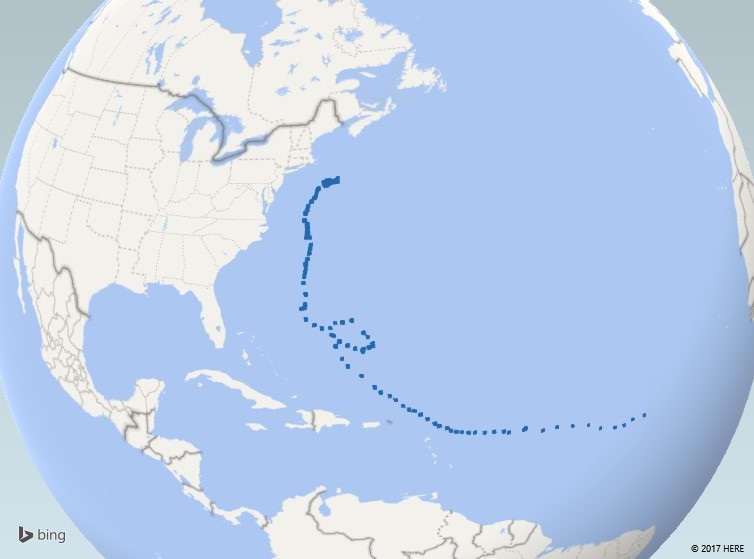

The center made landfallĪt the time of astronomical high tide, moving north at 50 mph. The eye of the hurricane was observed in New Haven, Connecticut, 10 miles east of Milford. Suffolk County, Long Island, then into Milford, Connecticut. It made a twelve day journey across the Atlantic and up the Eastern Seaboard before crashing ashore on September 21 at This system developed in the far easternĪtlantic, near the Cape Verde Islands on September 4. The Great New England Hurricane of 1938 was one of the most destructive and powerful storms ever to strike Southern New England. Along the open ocean facing areas of Long Island and Rhode Island entire beach communities were swept away.The Great New England Hurricane of 1938 CAT 3 - September 21, 1938 Narragansett Bay in Rhode Island took the worst hit with downtown Providence, RI submerged under a storm tide of nearly 20 feet.

Storm Tide - 14 -18 feet along the Connecticut coast and up to 18 – 25 foot east of New London, CT to Cape Cod. Based on pressure reports, the eye of the hurricane was about 30 to 40 miles wide. Pressure – The lowest pressure at the time of landfall, 27.94 inch of mercury was recorded on the south shore of Long Island at the Coast Guard Station in Bellport, NY. These were the strongest winds ever recorded in the region and the 3rd highest ever recorded on earth! Wind - Blue Hill Observatory in Milton, MA (just south of Boston) recorded sustained winds 121 mph and peak gust of 186 mph. For some quick stats on the Great New England Hurricane of 1938, see below. Thousands were able to find work to repair and rebuild in the wake of the storm. Until the storm there was still the lingering unemployment crisis from the Great Depression. One unexpected positive outcome from the storm was the massive need for clean-up and rebuilding. The hurricane did more damage than the great San Francisco earthquake of 1906 and according to several publications, property damage was the greatest of any natural disaster in the western Hemisphere at that time. While the 1938 hurricane was not the strongest to hit the United States, the combination of poor forecasting, its rapid movement and it making landfall in a densely populated area created unparalleled damage at the time. Turning west, it finally dissipated in Ontario a few days later. Once in northern Vermont the storm finally began to lose tropical characteristics before crossing into Quebec and weakening further. Reports of calm conditions and partial clearing from the storm’s eye even came as far north as Vermont, which rarely experiences hurricanes. The eye of the storm continued a path of destruction as it moved northward up the Connecticut River Valley into Massachusetts and then Vermont, around 6 pm as a category 1 storm. The hurricane made a second landfall on the Connecticut coast between Bridgeport and New Haven around 4 pm, still a category 3 storm.ĭestroyed Docks in New London, CT. The hurricane, now racing north at more than 50 mph, made landfall near Bellport, in Suffolk County, Long Island shortly after 2 PM on September 21st as a category 3 hurricane.Īt a lowest estimated pressure of 27.94 in (941 mb), maximum sustained winds of 120 mph and an estimated storm tide of 15 ft.

With only a mostly cloudy forecast, residents of Long Island and southern New England had no warning for what was about to happen. Poor forecasting of the strength, position and track as recent as the morning of landfall (Sept 21st) was indeed dire. High pressure building north of Bermuda created a block and prevented the typical turn to the northeast and out to sea. With a deep trough over the eastern United States, the hurricane turned northward, sparing the Bahamas and Florida. It stands as one of the most powerful and destructive hurricanes to impact Long Island and southern New England of all time.įorming near the Cape Verde Islands off Africa, the storm tracked west northwest across the Atlantic Ocean strengthening to a category 5 hurricane as it approached the Bahamas. Even though from this date forward the number of storms decreases on average, significant storms can still occur. This year marks the 77th anniversary of one such storm, the Great New England Hurricane of 1938 (also commonly referred to as the Long Island Express Hurricane) which struck on September 21st, 1938. September 10th marks the climatological peak of the Atlantic hurricane season.


 0 kommentar(er)
0 kommentar(er)
